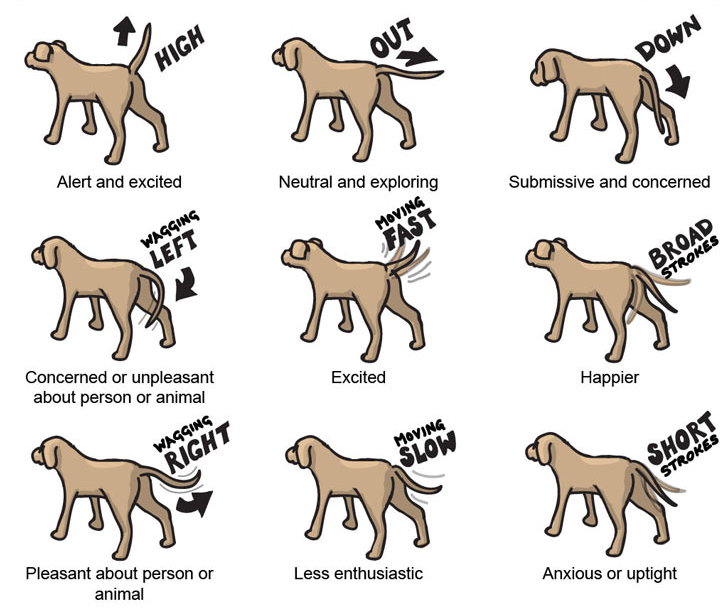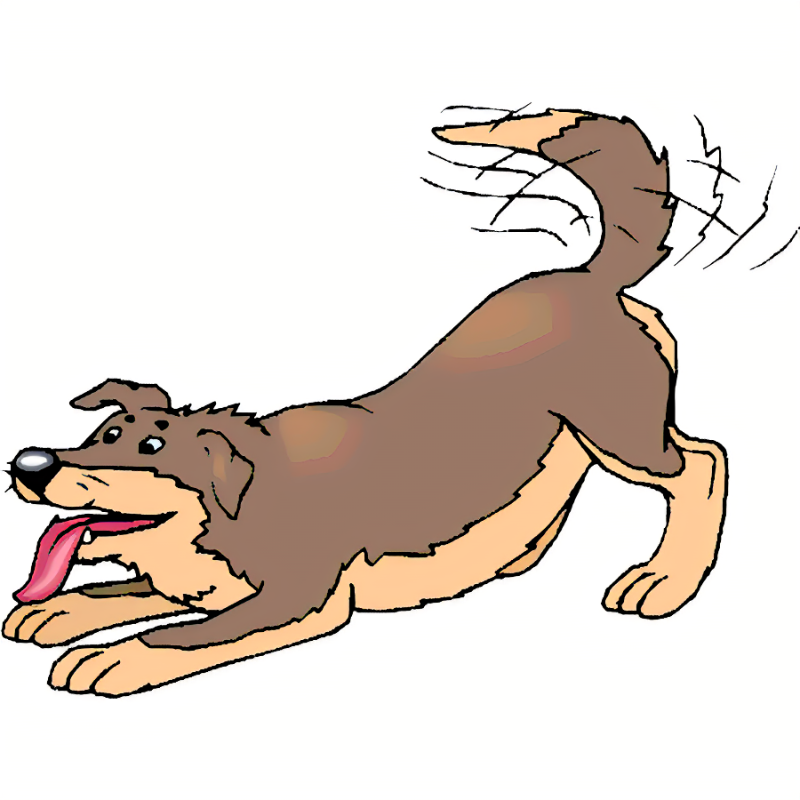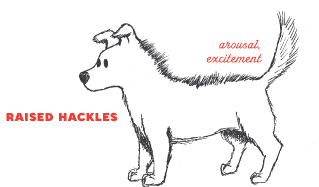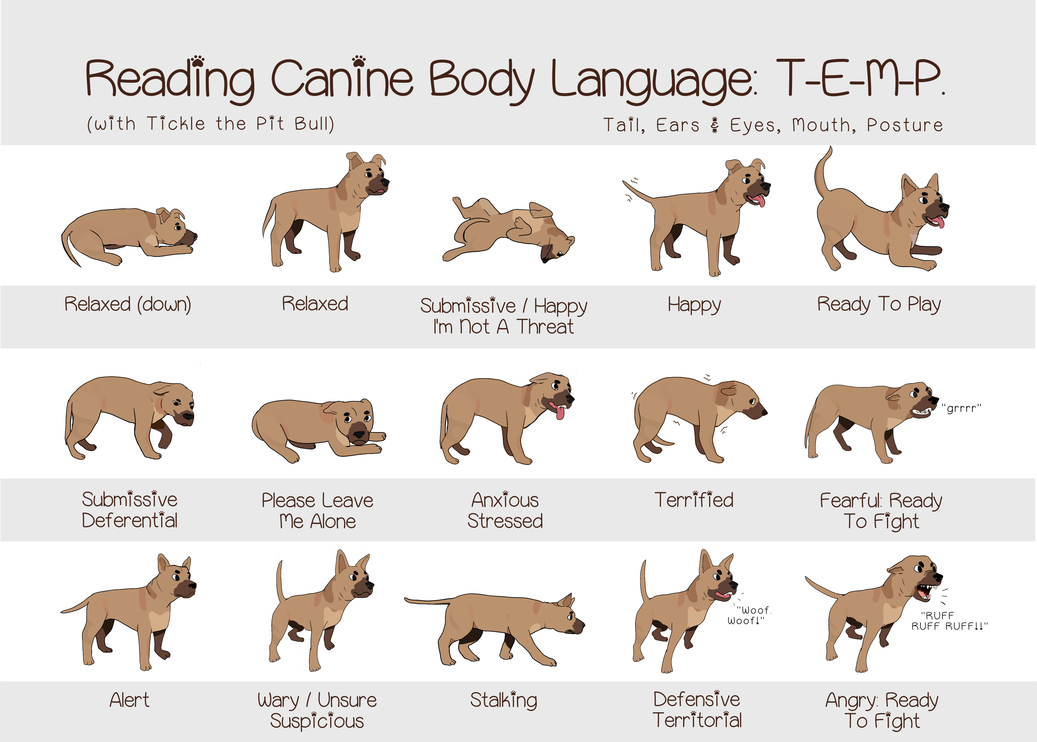The importance of dog consumption
When feeding your furry companion it's important to know what is safe for their consumption and what is not safe to feed your companion. Well known and trusted veternians have gathered data over the years to understnad the digestion system of our furry little friends and with the help of advance technology and medicine, we now have scientific data to use as a guide.
Food safe for consumption
- Coconut, coconut milk, coconut oil
- Corn (Without the cob)
- Eggs (Fully cooked)
- Fish (Fully cooked and no bones)
- Peanut butter (Raw and unsalted)
- Salmon (Fully cooked and no bones)
- Shrimp (Fully cooked and deshelled completely)
- Turkey (Remove excess fat, skin, and no bones)
- Unsalted cashews (In small amounts)
Food not safe for consumption
- Almonds
- Chocolate
- Cinnamon
- Garlic
- Ice cream
- Macadamia nuts
- Persimmons
- Raw eggs
- Salt
How to read your companions body language
We humans communicate in two ways both verbally and non-verbally with the latter being 80% of how we communicate through body language. Our furry companionsz also communicates through body language and it reflects their current state of emotion. Down below will be shown common body language your furry companion tends to display.
Tail-wagging
We must keep in mind that there are different interpretations when a dog wags their tail. It could mean excitement, frustration or worse. When they are alerted, their tail would wag fast and twitch, when they are in fear or stress, they keep their tail tucked between their legs and when they are relaxed their tail is neutral. Studies have shown that when they wag their tail to the right it means they are feeling positive and when they wag their tail to the left, they face something negative. Finally, the helicopter wag, a strong indication that they are happy to see you and are eager for affection.
Raised Hackle
This means the hair along a dog’s back is standing up, a sign that they are upset or stressed but could also be excited or a show of interest. This is the dog version of goosebumps.
Posture
When our furry companions exhibit fear or stress their body is close to the ground trying to appear smaller. When they shift their weight forward it means they want to get closer to something that interests them. It could also indicate offensive intention when paired with other aggressive body language. Finally, the play bow, most commonly known as the downward dog position. This means that our furry companions want to initiate play with other dogs and even people.
 |
 |
 |
 |
